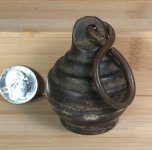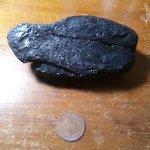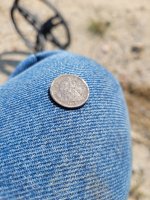Deese
Full Member
- Oct 24, 2008
- 114
- 1
- Detector(s) used
- Nokta Makro Simplex,Vallon Gizmo,Deeptech Vista Smart,Nexus Coronado,AKA Sorex,Quest X10
What type of circuit are the detectors that have the iron see through? I guess not vlf since the compass 77b is a 100khz machine.Are they induction balance? or something else?





